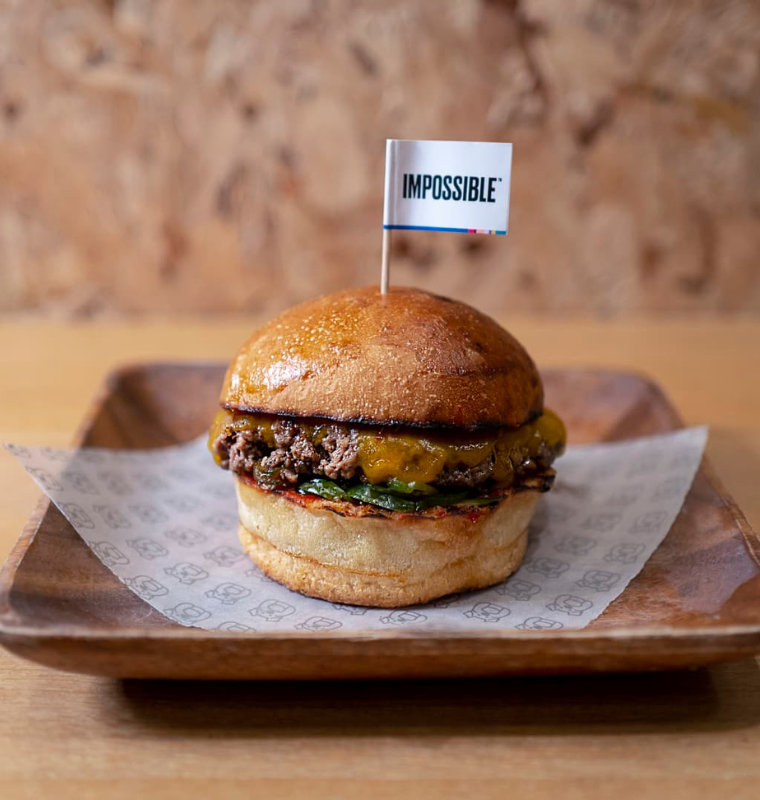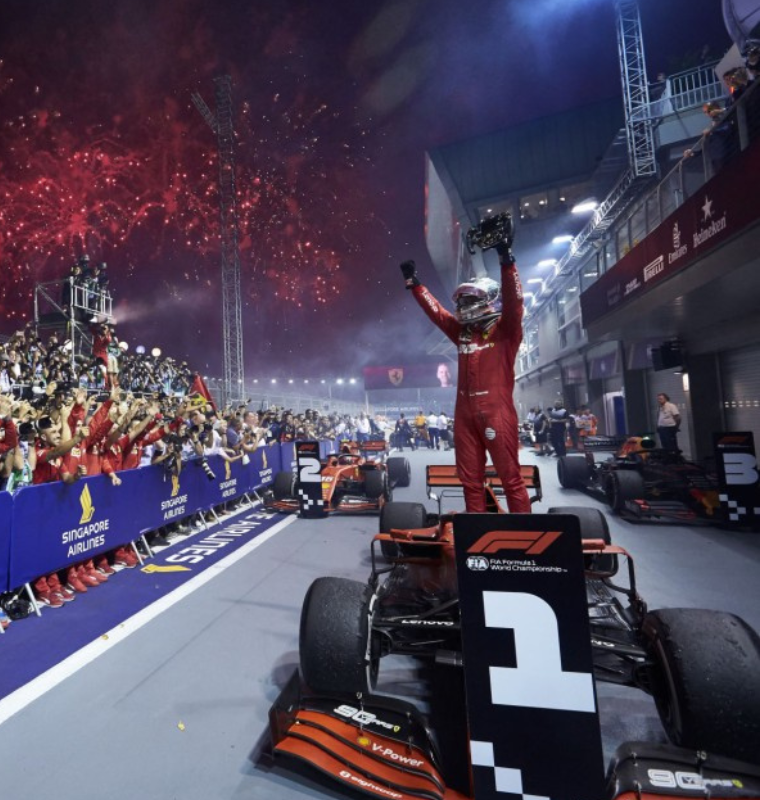Carlsberg CEO Warns of Shifting Beer Preferences Amid Rising Costs
Carlsberg CEO Warns of Shifting Beer Preferences Amid Rising Costs
By
Calder Monroe
Last updated:
August 15, 2025
First Published:
August 15, 2025

Photo: Thirst Mag
Consumer Habits Are Evolving
Beer drinkers are changing the way they enjoy their favorite beverages. According to Carlsberg CEO Jacob Aarup-Andersen, the market is increasingly splitting between those who opt for premium craft beers and those who hunt for cheaper alternatives. Traditional core brands are losing their middle-ground appeal, squeezed by these two extremes.
“Consumers are choosing either high-end treats or economical options,” Aarup-Andersen explained. “Core brands are the ones feeling the pinch.”
This shift reflects broader changes in spending habits as households navigate higher living costs. Beer enthusiasts are more selective than ever, choosing experiences that align with both taste preferences and budgets.
Declining Volumes Challenge Brewers
Carlsberg, the world’s third-largest brewer, recently reported a drop in sales volumes for its core beer lineup, even as demand for premium and alcohol-free products continues to rise. Other global brewers are seeing similar trends, with overall beer consumption slowing in many markets.
This slowdown is not just a temporary blip. It signals a deeper change in drinking patterns: people are increasingly cautious about where and how they spend on beverages, especially when faced with price hikes at bars and restaurants.
At-Home Drinking Gains Popularity
As the cost of a pint rises in the on-trade sector — bars, pubs, and restaurants — consumers are gravitating toward at-home consumption. Retail and supermarket sales are growing as a result, while on-premise drinking is seeing slower growth.
Aarup-Andersen highlighted that this trend is subtle but persistent. It reflects a gradual lifestyle shift where consumers seek convenience and value without sacrificing quality. Home consumption allows drinkers to enjoy their favorite beers without the premium markup of hospitality venues.
Strategies to Navigate the Shift
Brewers are responding with targeted strategies. Carlsberg has been expanding its premium and alcohol-free offerings, catering to consumers willing to pay more for specialty products. At the same time, it continues to offer budget-friendly options for cost-conscious buyers.
Other companies in the sector are taking similar approaches, emphasizing product diversification, cost efficiency, and marketing campaigns that highlight value and quality. The goal is to retain loyal customers while capturing new audiences in both premium and economy segments.
Outlook for the Industry
The beer industry faces a complex landscape. Core brands are under pressure, while premium and economy products continue to thrive. Rising costs and evolving consumer behavior are forcing brewers to adapt quickly.
Success in this environment will rely on innovation, strategic pricing, and understanding shifting consumer preferences. Companies that balance quality, affordability, and convenience are most likely to maintain growth despite economic headwinds.
Popular articles
Subscribe to unlock premium content
Humanoid Robots Could Outperform Humans in Space Missions

Quantum Computing Startups Ready to Disrupt the World

Hidden Travel Gems That Boost Creativity According to Billionaires

Humanoid Robots Could Outperform Humans in Space Missions

Quantum Computing Startups Ready to Disrupt the World

Humanoid Robots Could Outperform Humans in Space Missions









